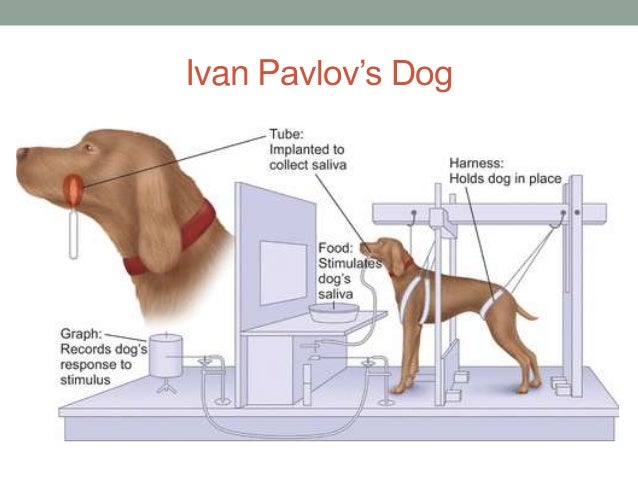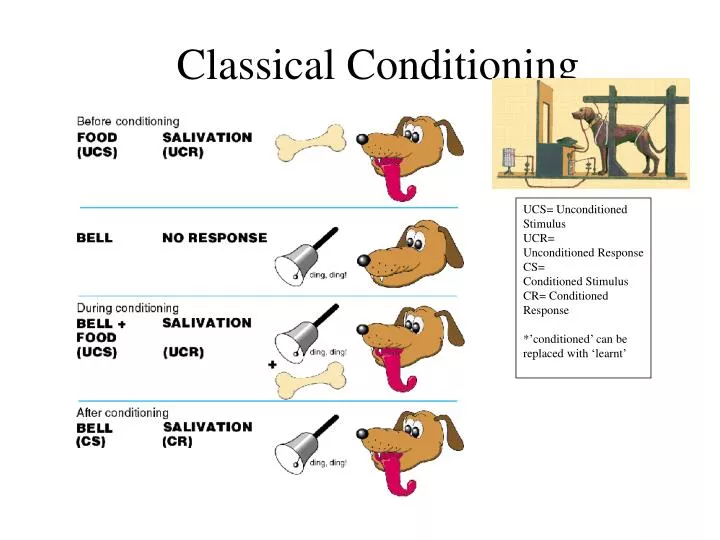Ivan Pavlov (1849 – 1936) was a Russian Psychologist, who initially was a Physiologist interested in studying the process of digestion, which was later renamed as “Classical Conditioning (CC)”. So, originally his theory was aimed to explain the learning process.
The Principles of Classical conditioning were found to be applicable for explaining the development of many Psychopathologies.
Ivan Pavlov was a behaviorist who demonstrated and articulated a form of learning known as “Classical Conditioning” which focused on Observable Behaviour.
Pavlov viewed individual differences in personality as the result of learning from different environmental experiences.
Conditioning has been defined as a form of learning in which capacity of eliciting a response is transferred from one stimulus to another.
Example of Pavlov’s Classical Conditioning:



A) Acquisition: The is the initial learning of the Stimulus-response link, which involves a neutral stimulus being associated with the Unconditioned Stimulus (UCS) and becomes the Conditioned Stimulus (CS) that elicits the Conditioned Response (CR).
Two important aspects of acquisition are Timing and Predictability.
Robert Rescorla (1996, 1988) believes that, for classical conditioning to take place, not only must the time interval in the CS-UCS connection be brief but also the occurrence of one stimulus must be contingent on, or predictable from the presence of another.
B) Generalisation and Discrimination: Pavlov found that the Dog salivated in response not only to the tone of thebell but also to other sounds, such as whistle.
Generalisation in CC is the tendency of a new stimulus that is similar to the original conditioned stimulus to elicit a response that is similar to the conditioned response (Jones, Kemenes and Benjamin, 2001).
Discrimination in CC is the process of learning to respond to certain stimuli and not respond to others (Murphy, Baker and Fouquet, 2001).
C) Extinction and Spontaneous Recovery: After conditioning the Dog to salivate at the sound of a bell, Pavlov rang the bell repeatedly in a single session and did not give any the dog any food. This result is called “Extinction” which in CC, is the weakening of the CR in the absence of UCS. Without continued association with UCS, the CS loses its power to elicit the CR. But, Extinction is not always the end of a CR (Brooks, 2000).
Spontaneous Recovery is the process in CR by which a CR recurs after a delay without further conditioning.
Moreover, since many of Pavlov principles are drawn from the experiments conducted on animals, it is also doubtful of these principles can also be applied to human beings.
No comments:
Post a Comment